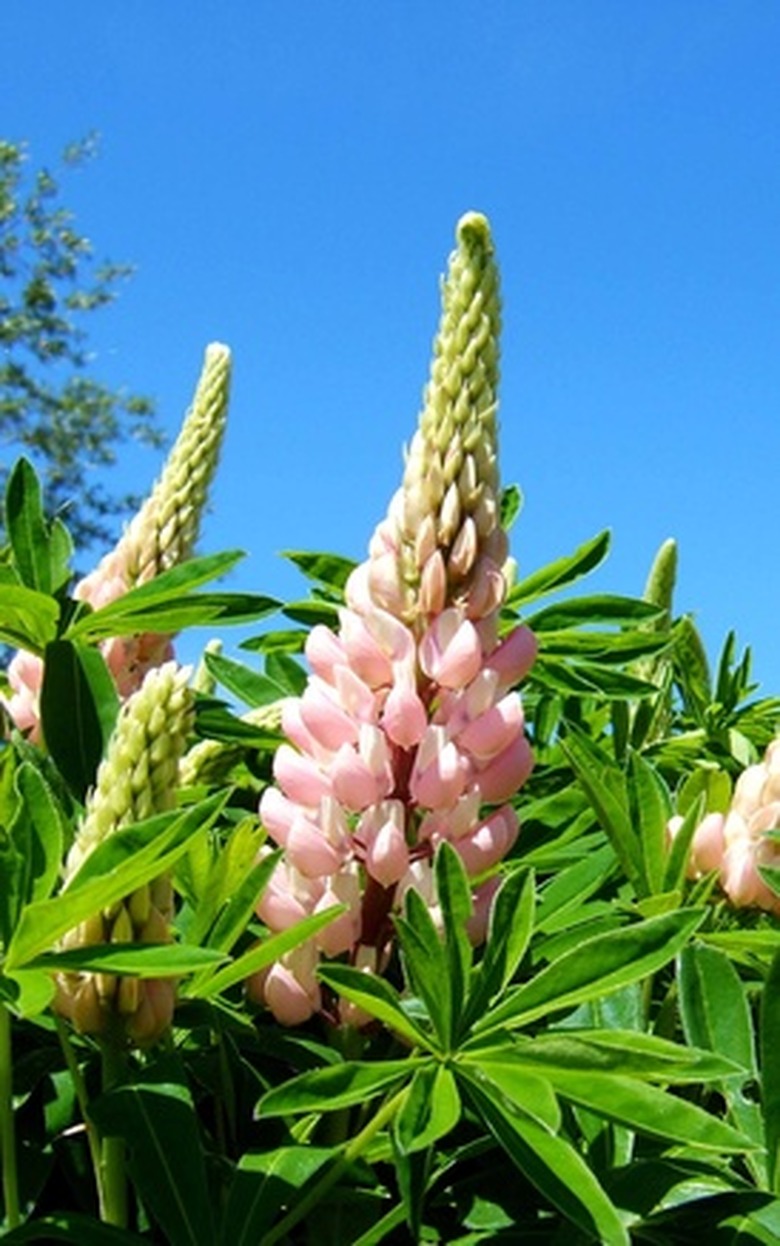How To Divide Lupine
Things Needed
- Shovel
- Pruning shears
- Knife
- Perlite
- Peat moss
- Plastic freezer bag
There are roughly 100 species of lupine native to North America. The bluebonnet, the Texas state flower, is one of the most well-known varieties. Perennial lupine plants are often planted in gardens and pots and is quite easy to care for. But even though it is technically a perennial, even with expert care the plant will only live around four years. One way to propagate your perennial lupine is by dividing it. The best time to do this is in early spring before the season's growth commences.
Step 1
Dig up your lupine plant or remove it from its container. Take care not to damage its roots.
- There are roughly 100 species of lupine native to North America.
- Perennial lupine plants are often planted in gardens and pots and is quite easy to care for.
Step 2
Wash the lupine's roots clean with running water.
Step 3
Cut away a (roughly) two-square-inch section from the outer edge of the plant. Choose a section with the healthiest looking roots (white, thick and firm). Use your pruning shears or a sharp knife to cut or slice the section away from the plant.
Step 4
Plant the cutting in a small pot filed with a moistened mixture of one part perlite and one part peat moss. Plant it at the same depth that your lupine was growing in its original location.
Step 5
Water the pot with a gentle stream of water from a watering can until the perlite/peat moss mixture is moist.
- Wash the lupine's roots clean with running water.
Step 6
Cover the entire pot with a plastic freezer bag to conserve moisture. The bag should not touch the division.
Step 7
Place the potted division in a warm indoor spot in indirect sunlight. Lift the freezer bag and check the soil moisture-level once every few days. Water when necessary to keep the soil moist.
Step 8
Transplant the cutting into the garden or old pot (fill it with fresh soil) once the division produces several inches of new growth and its roots are strong enough to cling to the soil when the plant is tugged gently.
